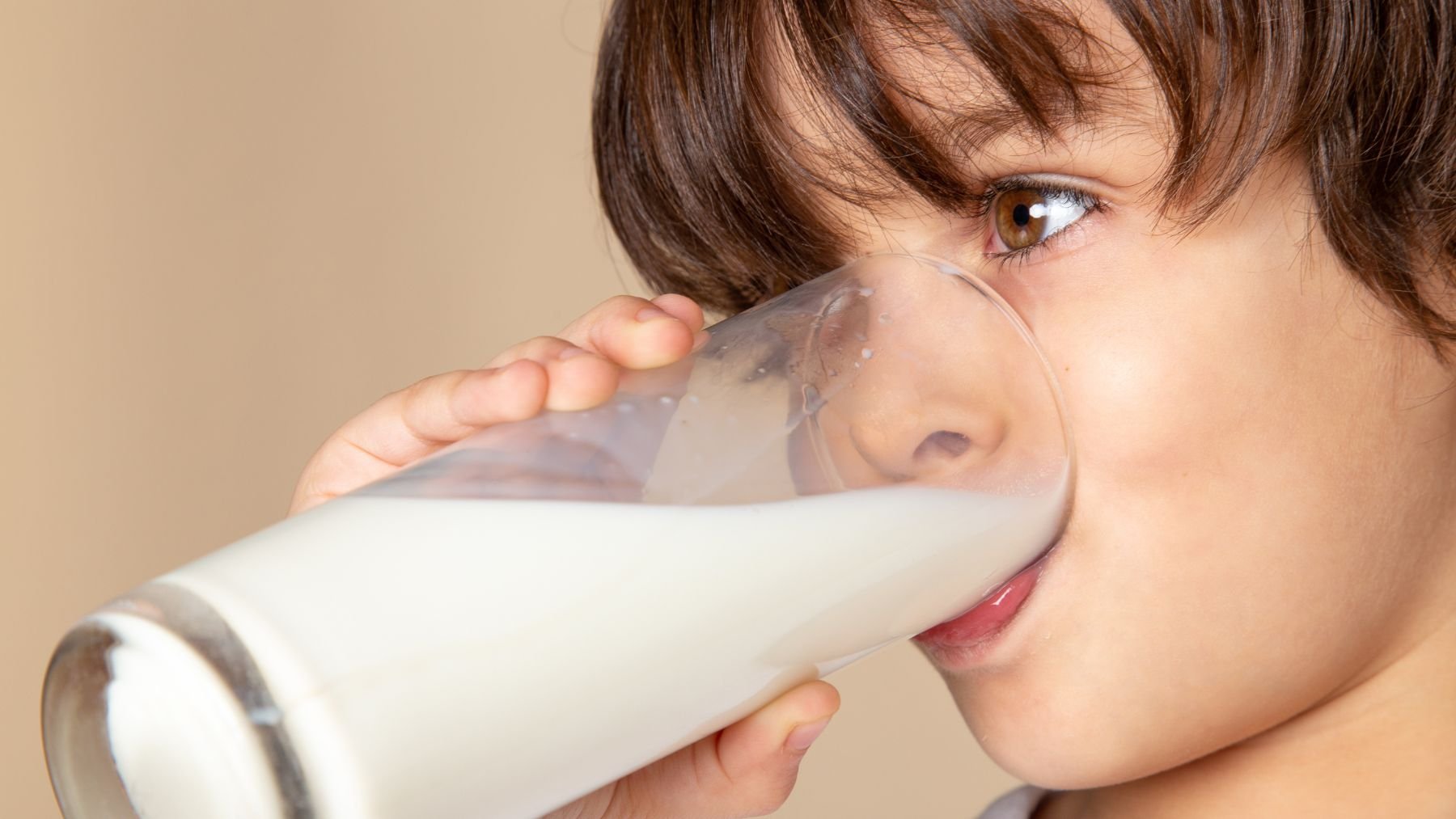Dairy is a key part of children’s nutrition, but most families in the United States don’t meet the daily recommended intake. Experts warn that ignoring these guidelines can leave gaps during crucial stages of growth and development.
While kids need the same essential nutrients as adults, the amounts vary depending on age and activity level. Healthy eating patterns should consider how many calories a child needs, their activity level, and the right balance of each food group — including dairy products, which are often overlooked.
How much dairy do kids really need each day?
According to the Dietary Guidelines for Americans, children between ages 2 and 4 should consume 2 to 2.5 cups of dairy daily. This can come from low-fat or fat-free milk, yogurt, cheese, or fortified soy alternatives. Despite these clear numbers, many parents don’t include enough dairy in their children’s meals, missing an easy way to support proper growth.
The recommendations also outline daily amounts for calories, protein, fruits, vegetables, and grains. Here’s how they evolve as kids grow:
Ages 2 to 4
Girls: 1,000–1,400 calories; 2–4 oz protein; 1–1.5 cups fruit; 1–1.5 cups vegetables; 3–5 oz grains; 2–2.5 cups dairy
Boys: 1,000–1,600 calories; 2–5 oz protein; 1–1.5 cups fruit; 1–2 cups vegetables; 3–5 oz grains; 2–2.5 cups dairy
At this stage, parents are encouraged to focus on nutrient-dense choices with minimal added sugar, saturated fat or sodium. Drinks like sodas and sweetened beverages should be limited, and dairy should come from low-fat or fortified sources.
Ages 5 to 8
Girls: 1,200–1,800 calories; 3–5 oz protein; 1–1.5 cups fruit; 1.5–2.5 cups vegetables; 4–6 oz grains; 2.5 cups dairy
Boys: 1,200–2,000 calories; 3–5.5 oz protein; 1–2 cups fruit; 1.5–2.5 cups vegetables; 4–6 oz grains; 2.5 cups dairy
As children enter school age, their energy and nutrient needs grow. This is a key moment to build consistent eating habits and ensure dairy intake meets daily targets.
Ages 9 to 13
Girls: 1,400–2,200 calories; 4–6 oz protein; 1.5–2 cups fruit; 1.5–3 cups vegetables; 5–7 oz grains; 3 cups dairy
Boys: 1,600–2,600 calories; 5–6.5 oz protein; 1.5–2 cups fruit; 2–3.5 cups vegetables; 5–9 oz grains; 3 cups dairy
During the preteen years, the jump to 3 cups of dairy daily becomes important to support bone growth and overall development. This is also when kids’ sodium intake tends to rise through processed foods, so choosing lower-sodium options matters.
Ages 14 to 18
Girls: 1,800–2,400 calories; 5–6.5 oz protein; 1.5–2 cups fruit; 2.5–3 cups vegetables; 6–8 oz grains; 3 cups dairy
Boys: 2,000–3,200 calories; 5.5–7 oz protein; 2–2.5 cups fruit; 2.5–4 cups vegetables; 6–10 oz grains; 3 cups dairy
Teenagers have the highest nutritional demands. Meeting dairy targets at this age can be challenging, especially with busy schedules and the popularity of sugary drinks. Replacing those with milk or fortified alternatives can make a big difference.
Reaching the recommended daily portions plays a key role in making sure kids get the essential nutrients they need for healthy growth, while also keeping their calorie intake balanced. However, even though the guidance is straightforward, many families across the U.S. still struggle to meet these goals. Dairy, in particular, is where the biggest gaps often appear, with children regularly consuming less than the suggested amounts.
One effective way to bridge this gap is by introducing small but consistent changes into daily routines. These don’t have to be drastic or complicated to make a difference. For example, parents can offer yogurt as a quick and easy snack, pour a glass of milk with breakfast, or add a slice of cheese to sandwiches and wraps. Over time, these simple habits can add up, helping children get closer to their daily targets without requiring major shifts in the family’s schedule or preferences.

